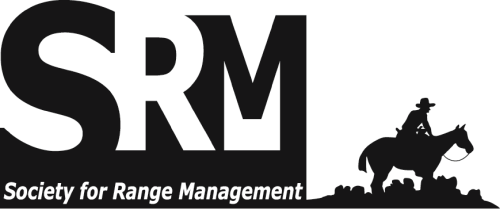It is not uncommon to hear statements such as these in the western United States. Dietary overlap between cattle and wild herbivores such as elk or deer has been reported in various regions, seasons, and ecosystems. Competition between two species occurs when a shared resource is in limited supply or when the presence of one species disturbs the other. The simple fact that space and forage resources are shared might or might not, however, constitute a negative interaction between cattle and elk. Studies in central Arizona found that although diet similarity was high in certain years and seasons, there was actually little inter-specific competition between cattle and elk overall. Factors such as scale, season, and forage availability influence the likelihood and degree of competition. Overgrazing is detrimental to sustained livestock and wildlife productivity. Livestock grazing can, however, be applied to positively manipulate habitat for wildlife. A review by Krausman et al. cites a Montana case study in which a rotational cattle grazing system “maintained productive cover and forage for elk while enhancing native vegetation condition on all of the managed areas.” The Rangelands archives are made available by the Society for Range Management and the University of Arizona Libraries. Contact lbry-journals@email.arizona.edu for further information. Migrated from OJS platform March 2020

Practical, non-technical peer-reviewed articles published by the Society for Range Management. Access articles on a rolling-window basis from vol 1, 1979 up to 3 years from the current year. More recent content is available by subscription from SRM.